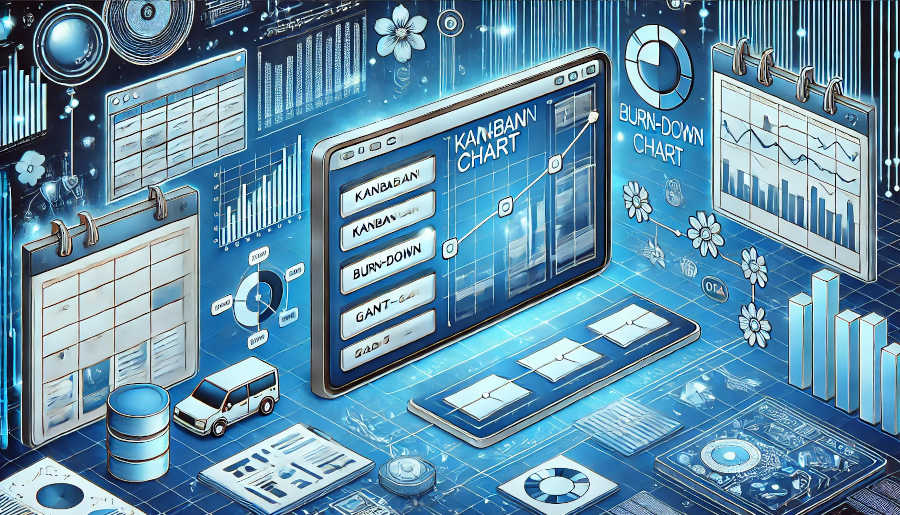Understanding the Project Scope and Requirements
The first and foremost step in controlling the construction period is to have a clear understanding of the project scope and requirements. This involves a detailed analysis of what needs to be built, the quality standards to be met, and any specific constraints or regulations that may impact the project. By thoroughly defining the scope, project managers can accurately identify all the tasks involved in the construction process.
A comprehensive understanding of the project requirements allows for the creation of a more realistic project schedule. For example, if a building project requires the installation of specialized equipment, knowing the delivery time and installation requirements of this equipment in advance is essential. This information can be incorporated into the schedule, preventing delays that may occur if the equipment arrives late or if there are unforeseen installation issues. Moreover, understanding the scope helps in determining the necessary resources, such as labor, materials, and machinery, which in turn affects the project timeline.
In addition, clear project scope and requirements enable better communication among all stakeholders. When everyone involved in the project, from the contractors to the clients, has a shared understanding of what is expected, there are fewer misunderstandings and disputes that could potentially derail the project schedule. This clarity also helps in setting realistic milestones and deadlines, which are key to keeping the project on track.
Developing a Detailed Project Schedule
Once the project scope and requirements are well-defined, the next strategy is to develop a detailed project schedule. A detailed schedule breaks down the entire project into smaller, manageable tasks and assigns specific timeframes to each task. This allows for a more accurate assessment of the project timeline and helps in identifying potential bottlenecks and critical paths.
To create a detailed schedule, project managers can use various scheduling tools and techniques. The Critical Path Method (CPM) is a widely used approach that identifies the sequence of tasks that determines the shortest possible project duration. By focusing on the critical path, project managers can prioritize resources and efforts to ensure that these key tasks are completed on time. For example, in a bridge construction project, the foundation laying may be on the critical path. Delays in this task could significantly extend the overall project duration, so it requires close monitoring and sufficient resources.

A detailed schedule also includes buffer times or contingency reserves. These are additional time allowances built into the schedule to account for unexpected events, such as bad weather, material shortages, or unforeseen technical problems. Contingency reserves provide a safety net that helps in absorbing minor disruptions without derailing the entire project schedule. However, it is important to use these reserves wisely and not rely on them as a substitute for proper planning.
Furthermore, the schedule should be regularly updated and reviewed. As the project progresses, new information may come to light, and changes may be necessary. By keeping the schedule up-to-date, project managers can make informed decisions and adjust the project plan accordingly to ensure that the construction period remains under control.
Effective Resource Management
Resource management is another critical strategy for controlling the construction period. Resources, including labor, materials, and equipment, are the building blocks of any construction project, and their proper allocation and utilization can have a significant impact on the project schedule.
Proper labor management is essential. This involves having the right number of skilled workers at the right time. For example, during the peak construction phase of a high-rise building, a large number of carpenters, masons, and steelworkers may be required. Project managers need to plan and coordinate the recruitment and deployment of these workers in advance to avoid shortages or overstaffing. Additionally, providing training and development opportunities for the workforce can improve their productivity and efficiency, which in turn helps in meeting the project schedule.
Material management is equally important. Ensuring the timely availability of materials is crucial. Delays in material delivery can halt construction activities. Project managers should work closely with suppliers to establish reliable delivery schedules and have contingency plans in place in case of disruptions. For instance, in a renovation project, if the flooring materials are not delivered on time, the installation work cannot proceed as scheduled. By having alternative suppliers or buffer stocks, the project can continue without significant delays.
Equipment management also plays a vital role. Construction projects rely on various types of equipment, and any breakdown or unavailability can cause delays. Regular maintenance and servicing of equipment can reduce the risk of breakdowns. Moreover, having backup equipment or the ability to quickly rent additional equipment can help in maintaining the project schedule in case of unexpected equipment failures.
In conclusion, controlling the construction period through project schedule management is a complex but achievable goal. By understanding the project scope and requirements, developing a detailed project schedule, and implementing effective resource management strategies, project managers can increase the likelihood of delivering the project on time. A clear understanding of the scope provides the foundation for accurate planning, while a detailed schedule serves as the roadmap for the project. Effective resource management ensures that the necessary resources are available when needed to keep the project moving forward. These strategies, when implemented in a coordinated and systematic manner, can help in minimizing delays, reducing costs, and achieving overall project success. It is important for project managers to continuously monitor and adapt these strategies as the project progresses, taking into account any changes or unforeseen circumstances that may arise. By doing so, they can maintain control over the construction period and deliver a high-quality project within the specified timeframe.
ARTICLE TITLE :How to control the construction period through project schedule management? 3 practical strategies ,AUTHOR :ITpmlib

















